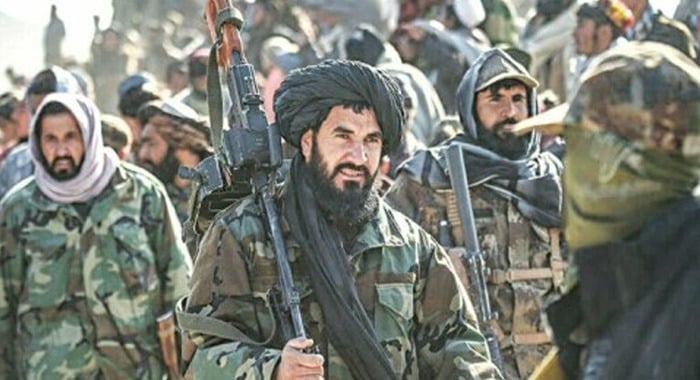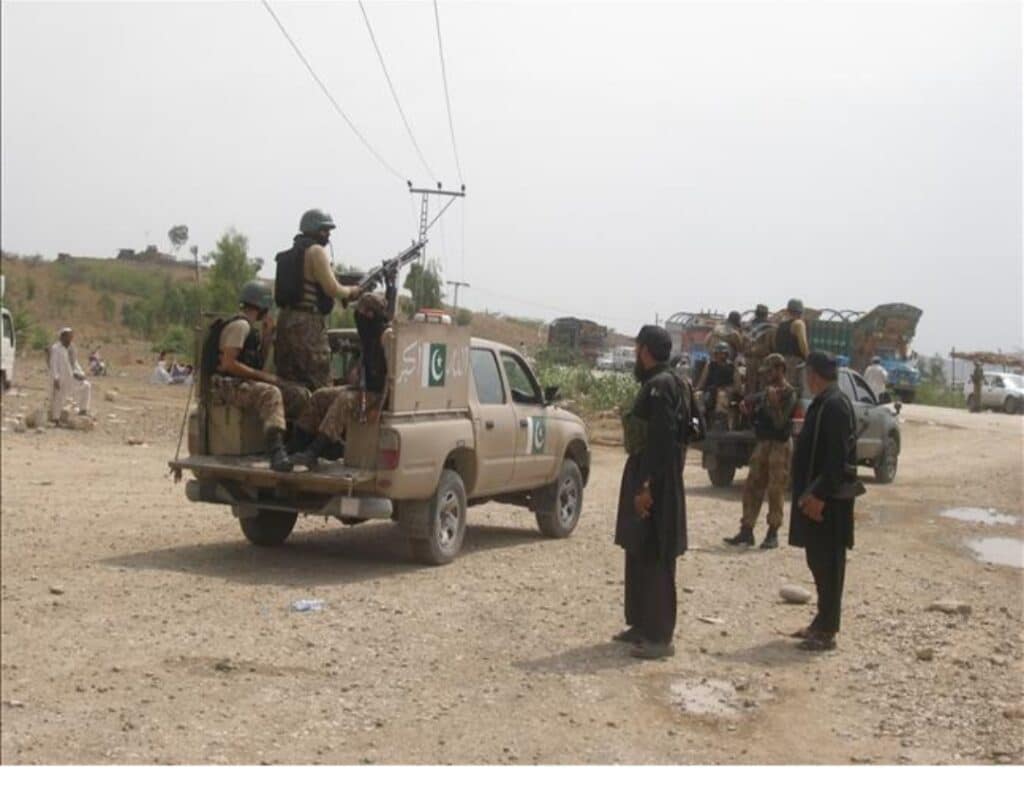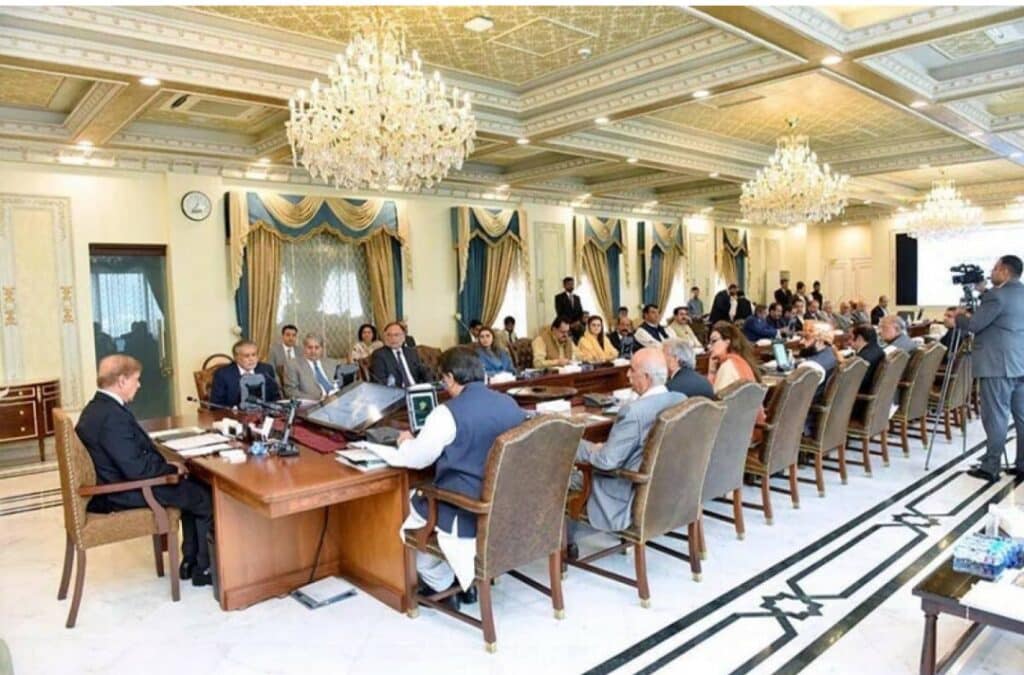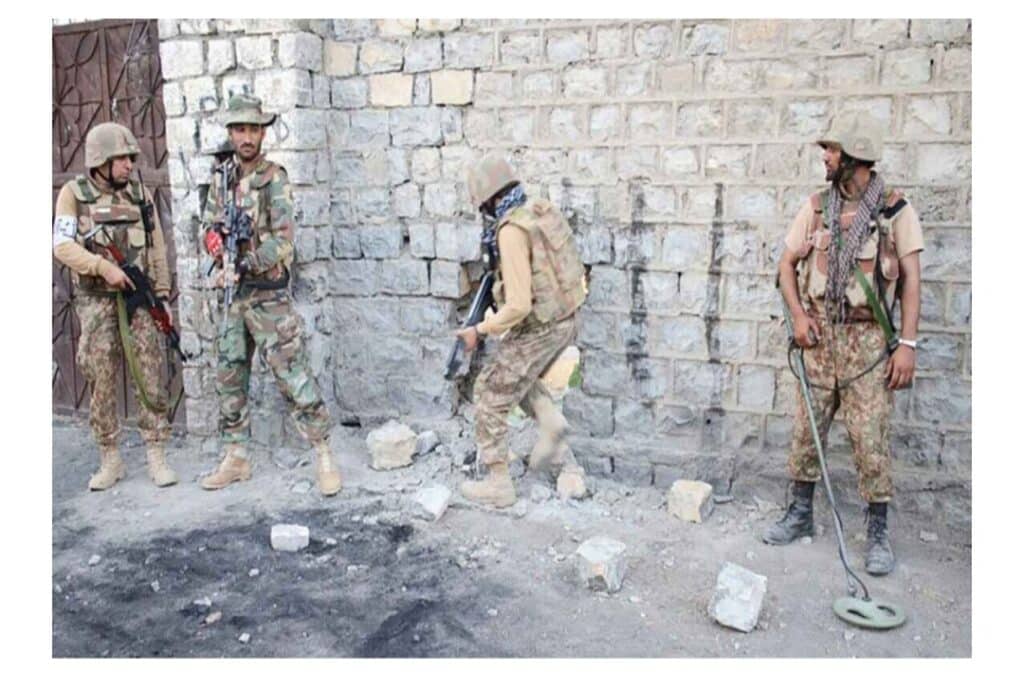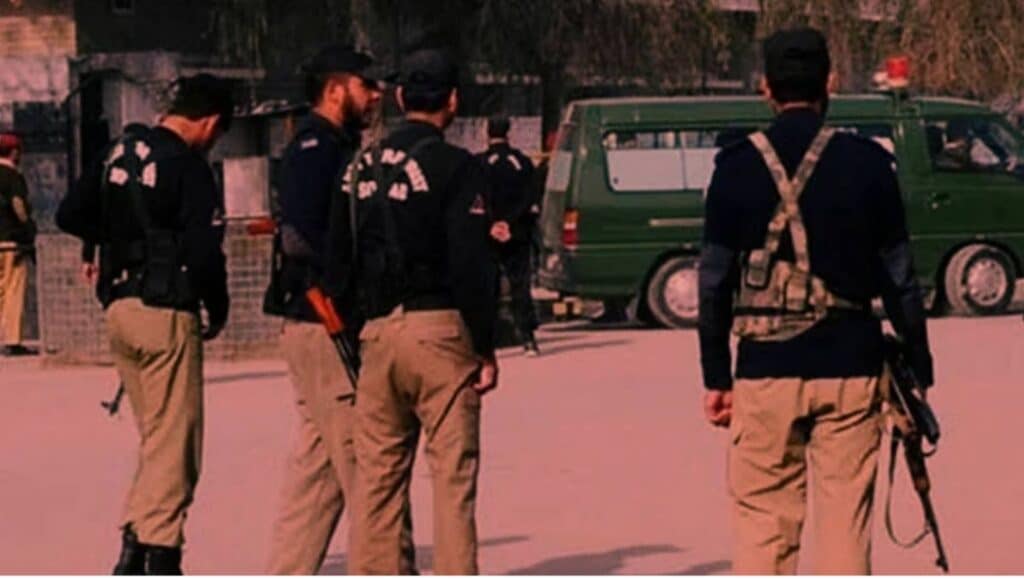In the summer of 2021, just weeks before the Taliban seized control of Kabul, optimism quietly surged through Pakistan’s strategic and political circles. A closed-door meeting in Islamabad, attended by retired generals, regional experts, and former diplomats, exuded cautious confidence. “The good days are returning,” declared a senior retired military officer. “With the Taliban in charge, we’ll finally have leverage to shut down TTP and Baloch separatist sanctuaries. They owe us.”
At the time, that view wasn’t fringe, it was mainstream. For decades, Islamabad had framed its Afghan policy through the lens of “strategic depth”, seeking a friendly regime in Kabul to limit Indian influence and secure its western frontier. The Taliban’s return, many believed, validated years of covert alignment and regional manoeuvring.
Yet four years on, that strategic gamble has yielded a very different reality: Pakistan is now the world’s second-most terrorism-affected country, according to the 2025 Global Terrorism Index. Instead of curbing militancy, the Taliban’s return has emboldened groups like the Tehreek-e-Taliban Pakistan (TTP), Baloch Liberation Army (BLA), and Islamic State Khorasan Province (IS-KP), all of which now pose an increasingly lethal threat within Pakistan’s borders.
In 2024 alone, Pakistan witnessed 521 terrorist attacks, a 70% increase from the previous year, resulting in 852 fatalities. These attacks are no longer confined to the tribal belt; they now stretch deep into Punjab and urban Balochistan. Analysts warn that without a major shift in strategy, Pakistan risks a sustained security crisis with destabilizing consequences.
“This is not the Afghanistan we helped,” a senior Pakistani security official said on condition of anonymity. “The Taliban we supported is no longer willing to restrain the TTP. Instead, they shelter and support them, and we are paying the price.”
Compounding the threat is dwindling international support. Unlike during the US-led war on terror, when Washington provided intelligence, funding, and drone support, Pakistan today faces this security storm largely alone. Mounting debt and internal political disarray further restrict the state’s ability to mount a sustained response.
As Pakistan’s policymakers confront the new reality, there’s a growing realisation that the strategic assumptions of the past are no longer valid. The “friendly Taliban” may exist in rhetoric, but on the ground, they have become unpredictable neighbours with their own agenda.
Pakistan now stands at a crossroads. Will it continue pressing for dialogue with a regime unwilling to act against the TTP? Or will it pivot to a tougher, more independent regional posture, even if that means abandoning decades of investment in its Afghan strategy?
What is clear is that the “strategic depth” doctrine has morphed into a national security dilemma, and Islamabad has little time left to find a path forward.

